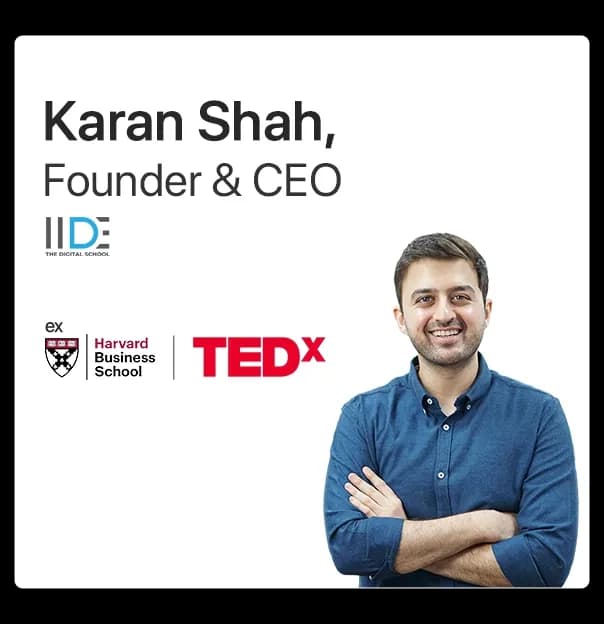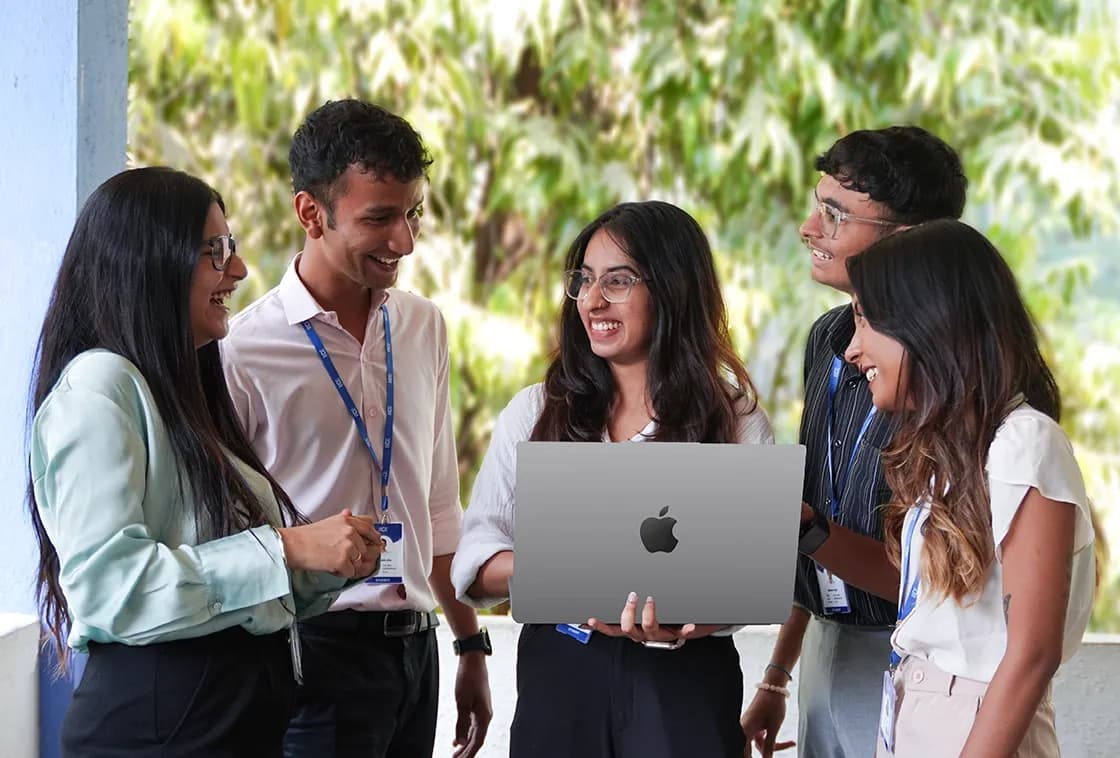
Updated on Dec 12, 2025
|3,815K+ views
This is a SWOT analysis of Coca-Cola, a renowned beverage industry giant sold in over 200 countries, including Nepal, showcasing its truly global reach. Let's dive deep into the company and its inherent strengths and weaknesses, the promising opportunities it can leverage, and the potential threats it must navigate in this dynamic market. Understanding these factors is crucial for analyzing Coca-Cola's strategic position and future prospects across diverse regions.
Before diving into the SWOT analysis of Coca-Cola, let me introduce you to the company, which has been in existence for over 120 years.
The Coca-Cola Company has a diversified portfolio of beverage brands, including Sprite, Fanta, Limca, and more in the soft drinks; the juices category includes Minute Maid, Maaza, and more.
They have a few more categories like water, energy drinks, tea & coffee, etc., including brands like Aquarius, Monster Energy, and Honest Tea, respectively.
Let's explore how this beverage giant captured global markets by understanding its strengths, the opportunities it took, and its failures, which were the weaknesses and threats that limited its business.


Learn Digital Marketing for FREE
- 45 Mins Masterclass
- Watch Anytime, Anywhere
- 1,00,000+ Students Enrolled


About Coca-Cola
![]()
Coca-Cola's impact is far beyond beverages. It's a symbol of American enterprise, an icon of global refreshment. They began their journey in 1886, and ever since their existence, they've had a consistent brand message of connection and happiness. Through strategic branding and distribution, they've built a legacy and are getting global recognition.
What's new with Coca-Cola?
Recently, they brought on an Indian actor, Yash, as the face of their new campaign, "Coke Halftime." This campaign emphasises taking breaks during daily routines and enjoying those breaks with a Coca-Cola.
This campaign is also being amplified through the Indian Premier League (IPL), which is a huge sporting event in India. This campaign is being shown through television and digital platforms. This shows Coca-Cola's continued use of significant sporting events and celebrity endorsements.
SWOT Analysis of Coca-Cola
SWOT Analysis of Coca-Cola Strengths:
- Global Brand Recognition: This remains Coca-Cola's most powerful asset, providing a significant competitive advantage and customer loyalty.
- Extensive Distribution Network: The unparalleled reach of its distribution network ensures product availability worldwide, which is a crucial strength.
- Strong Marketing and Advertising: Coca-Cola's ability to create culturally relevant and impactful campaigns drives brand engagement and sales.
SWOT Analysis of Coca-Cola Weaknesses:
- Health Concerns: The increasing consumer awareness of the negative health impacts of sugary drinks poses a significant and ongoing challenge.
- Over-reliance on Carbonated Soft Drinks: While diversifying, the majority of revenue still comes from traditional sodas, making them vulnerable to changing consumer preferences.
- Environmental Impact: Public and regulatory pressure regarding plastic waste and water usage creates a persistent weakness.
SWOT Analysis of Coca-Cola Opportunities:
- Expansion into Healthier Beverages: The growing demand for low-sugar, natural, and functional beverages presents a critical opportunity for product innovation and market growth.
- Emerging Markets: Untapped markets in developing countries offer substantial growth potential for Coca-Cola.
- Sustainable Packaging: Investing in eco-friendly packaging can enhance brand image, appeal to environmentally conscious consumers, and potentially reduce regulatory pressures.
SWOT Analysis of Coca-Cola Threats:
- Changing Consumer Preferences: The ongoing shift toward healthier beverage options poses a significant threat to traditional soda sales.
- Regulatory Pressures: Government regulations aimed at reducing sugar consumption and plastic waste can impact profitability.
- Intense Competition: The beverage industry is highly competitive, with both established players and emerging brands vying for market share.
Buyers Persona:

Jay
Kathmandu
Occupation: Digital Marketer
Age: 21
Motivations:
- Refreshment
- Availability
Interests & Hobbies:
- Cricket
- Traveling
Pain Points:
- Health concerns
- Environmental impact
Social Media Presence:
Failed Campaign
New Coke Campaign (1985)
What was the issue?
In the early 1980s, Coca-Cola was losing market share to Pepsi. Pepsi's "Pepsi Challenge" taste tests suggested that consumers preferred Pepsi's sweeter flavor.
To combat this, Coca-Cola reformulated its flagship product, aiming for a sweeter taste similar to Pepsi. They launched "New Coke," intending to replace the original formula entirely.
What backlash did the brand face?
The public outcry was immense. Consumers felt betrayed. Coca-Cola was not just a beverage; it was a cultural icon, and people had deep emotional attachments to the original formula.
Protests, boycotts, and thousands of angry phone calls flooded Coca-Cola's headquarters. People felt that Coca-Cola had changed something that was an icon of American culture.
What did the brand do in this situation?
Faced with overwhelming public pressure, Coca-Cola reversed its decision. Just 79 days after the "New Coke" launch, they reintroduced the original formula as "Coca-Cola Classic."
While "New Coke" remained on the market for a time, "Coca-Cola Classic" quickly regained its dominance. This situation showed the Coca-Cola company the importance of the emotional connection that consumers have with their brand.
Top Competitors
- PepsiCo: Coca-Cola's primary rival, PepsiCo, offers a broad portfolio of beverages and snacks. They compete directly in the carbonated soft drink market with Pepsi and also have a large footprint in other beverage markets.
- Keurig Dr Pepper: This company holds a significant share of the North American beverage market, with brands like Dr Pepper, 7 Up, and Canada Dry. They have a strong presence in flavored carbonated soft drinks.
- Nestlé: A global food and beverage giant, Nestlé competes with Coca-Cola in various categories, particularly bottled water (Nestlé Pure Life) and ready-to-drink teas and coffees.
- Red Bull: A major player in the energy drink market, Red Bull has established a strong brand identity and dominates the energy drink category, providing strong competition in that growing beverage sector.
- National Beverage Corporation: This company is known for its sparkling water brands, most notably LaCroix. This company is competing in the growing sparkling water market, which is taking away sales from traditional soft drink companies.
Want to Know Why 2,50,000+ Students Trust Us?
Dive into the numbers that make us the #1 choice for career success


Online
Best For
AI Enthusiasts
Mode of Learning
Online
Duration
5 Months

Offline
Best For
12th Passouts
Mode of Learning
On Campus (Mumbai)
Duration
3 Years
Recent Post
Frequently Asked Questions
The SWOT analysis of Coca-Cola identifies its strengths, weaknesses, opportunities, and threats. Strengths include its unparalleled global brand recognition and vast distribution network. Weaknesses involve health concerns related to sugary drinks and environmental impact. Opportunities lie in expanding into healthier beverage categories and sustainable packaging. Threats include intense competition and shifting consumer preferences. This analysis helps understand Coca-Cola's strategic positioning.
Coca-Cola's biggest strengths are its global brand recognition and extensive distribution network. This strong brand identity, coupled with its ability to reach virtually every corner of the world, makes it a dominant force in the beverage industry, as highlighted in the SWOT analysis of Coca-Cola.
Coca-Cola's main competitors include PepsiCo, Keurig Dr Pepper, Nestlé, Red Bull, and National Beverage Corporation. These companies compete globally across various beverage categories, striving to capture market share through diverse product offerings and marketing strategies, as identified in the Coca-Cola SWOT analysis case study.
The threats in the SWOT analysis of Coca-Cola include:
- Changing Consumer Preferences
- Regulatory Pressures
- Intense Competition
Opportunities for Coca-Cola include:
- Expansion into Healthier Beverages
- Emerging Markets
- Sustainable Packaging
Aditya Shastri leads the Business Development segment at IIDE and is a seasoned Content Marketing expert. With over a decade of experience, Aditya has trained more than 20,000 students and professionals in digital marketing, collaborating with prestigious institutions and corporations such as Jet Airways, Godrej Professionals, Pfizer, Mahindra Group, Publicis Worldwide, and many others. His ability to simplify complex marketing concepts, combined with his engaging teaching style, has earned him widespread admiration from students and professionals alike.
Aditya has spearheaded IIDE’s B2B growth, forging partnerships with over 40 higher education institutions across India to upskill students in digital marketing and business skills. As a visiting faculty member at top institutions like IIT Bhilai, Mithibai College, Amity University, and SRCC, he continues to influence the next generation of marketers.
Apart from his marketing expertise, Aditya is also a spiritual speaker, often traveling internationally to share insights on spirituality. His unique blend of digital marketing proficiency and spiritual wisdom makes him a highly respected figure in both fields.